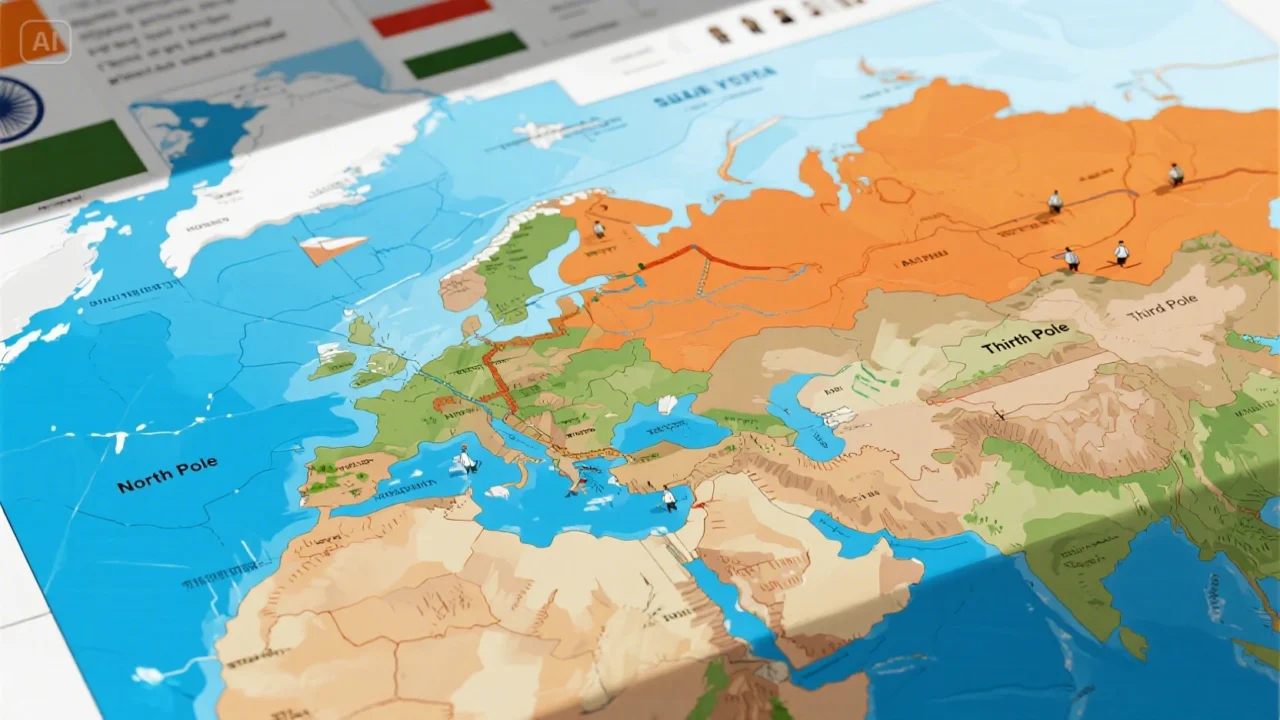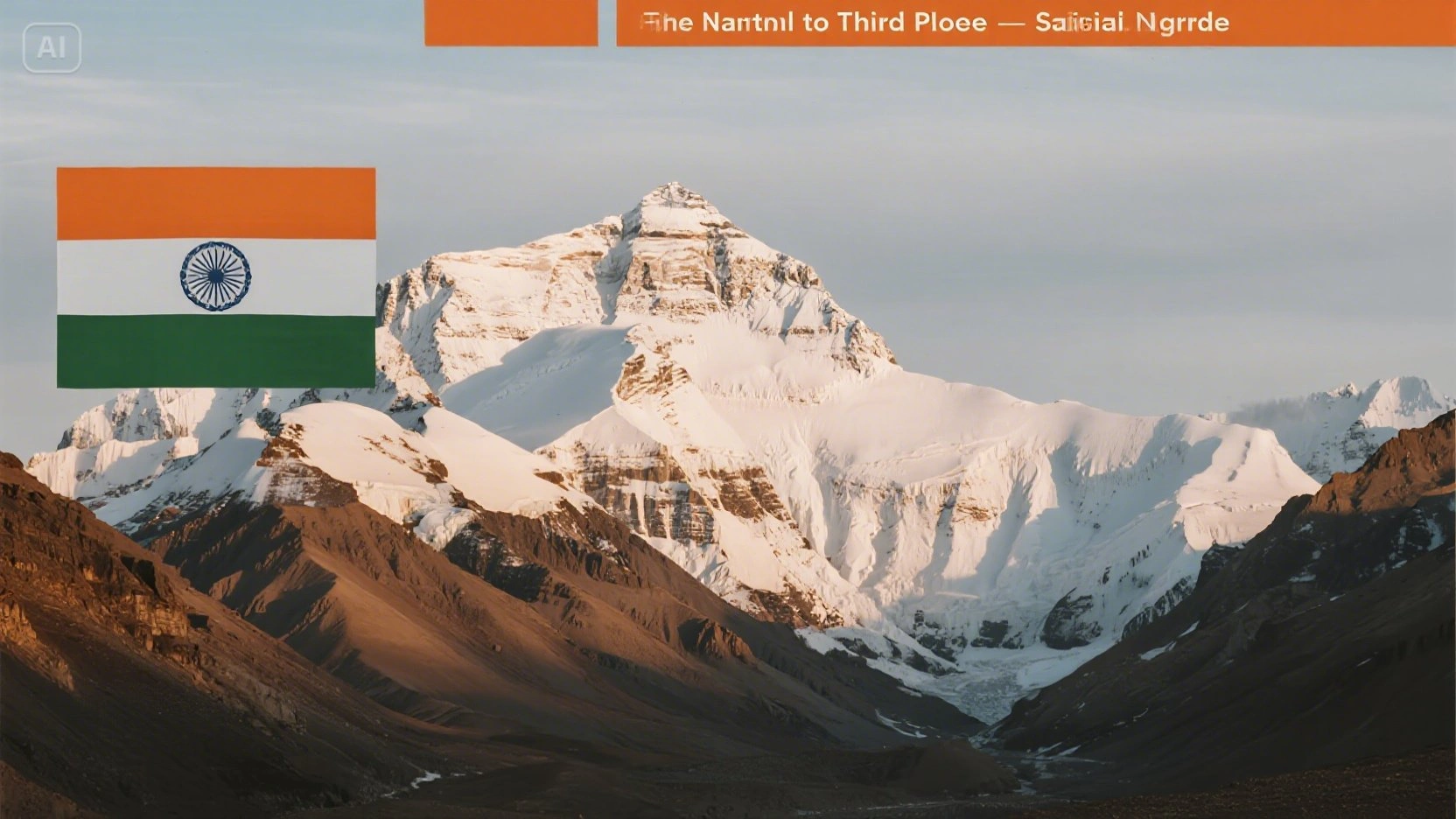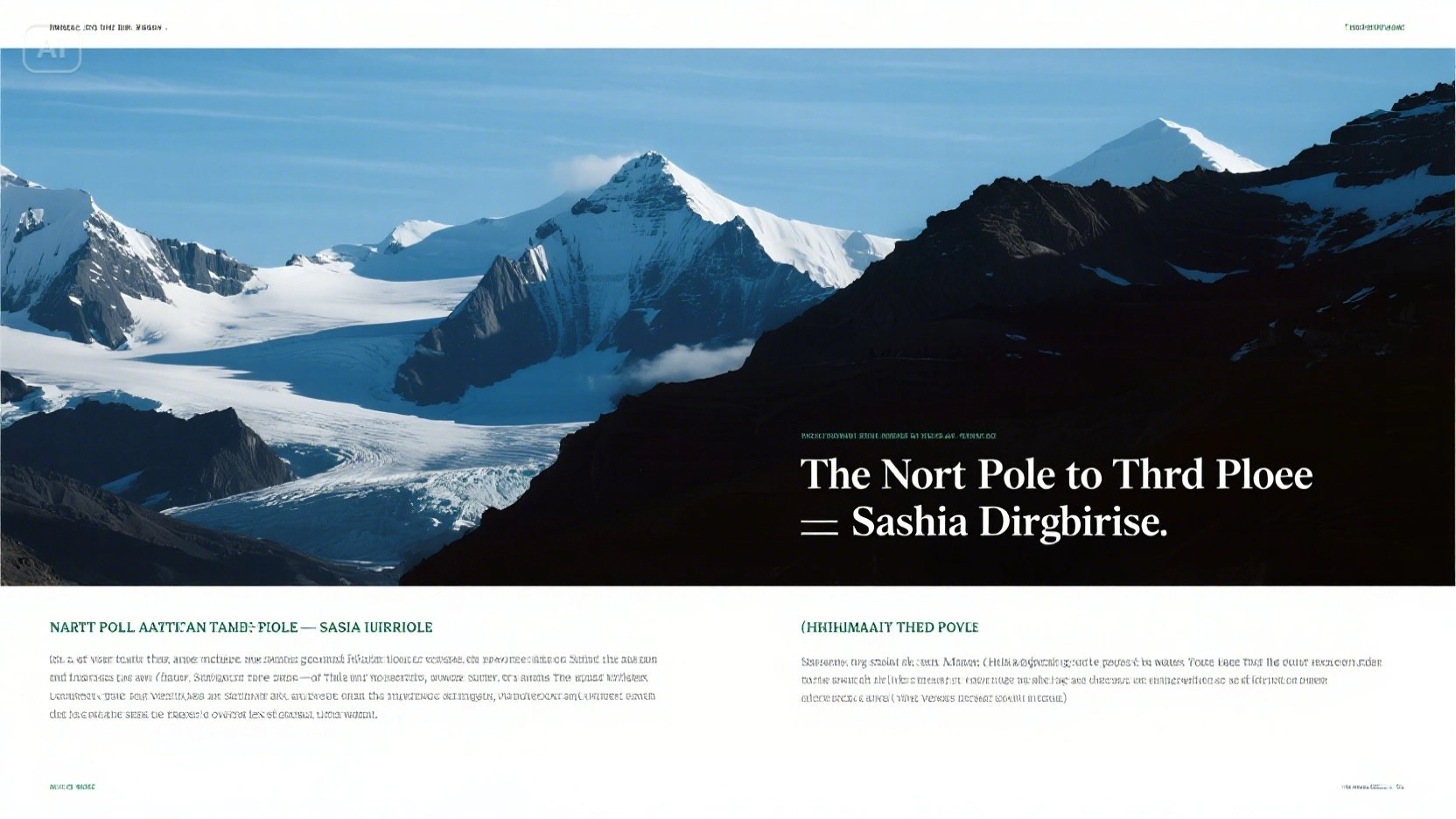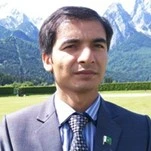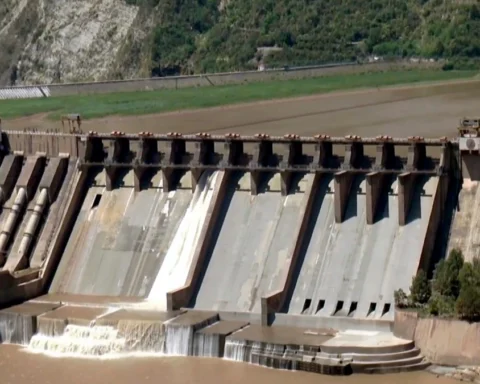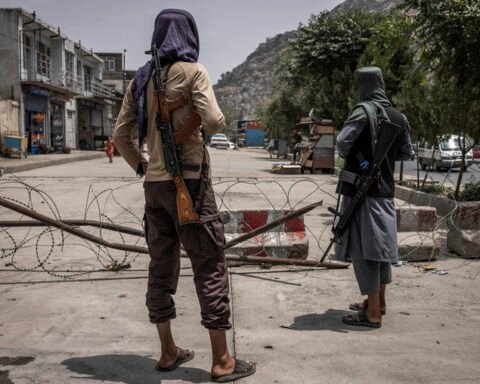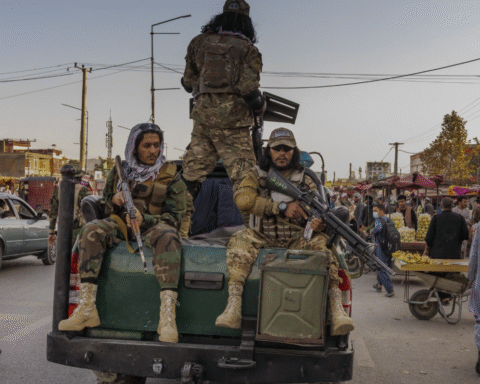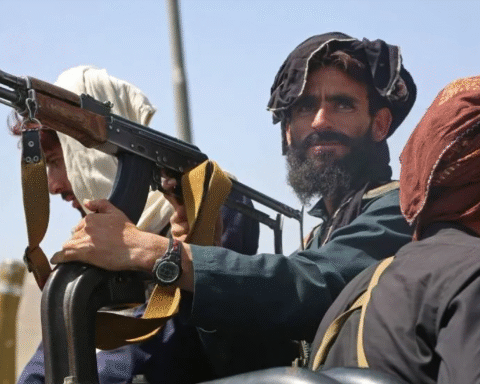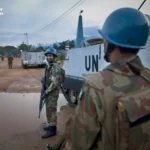The North Pole, or the Arctic region, has emerged as a focal point in global geopolitics and environmental transformation, receiving considerable attention in European strategic circles. However, another vital area, the Third Pole, remains underexplored despite its profound implications for climate security, water governance, and regional stability. Situated in the Hindu Kush-Himalaya (HKH) and Tibetan Plateau, the Third Pole is the world’s largest reservoir of frozen water after the polar regions. The aim is to sensitize the strategic, ecological, and security imperatives of the Third Pole, drawing critical comparisons to the North Pole to emphasize why this overlooked region deserves equal global attention.
Overview of the North Pole and Third Pole
The Arctic, spanning approximately 14 million square kilometres of sea ice, is at the centre of emerging sea routes, military expansion, and resource competition among Arctic nations, including Russia, the US, and Canada. In contrast, the Third Pole, spanning approximately 4.2 million square kilometres, is composed of rugged mountainous terrain and lies at the confluence of South Asia, Central Asia, and East Asia. While the Arctic is sparsely populated, the Third Pole has a direct impact on over 240 million mountain inhabitants and sustains nearly 2 billion people downstream through its river systems. Thus, while the Arctic is cold and remote, the Third Pole is a region of warm habitation and political contention.
Defining the Third Pole
The Third Pole encompasses parts of Afghanistan, Pakistan, India, Nepal, Bhutan, China, Bangladesh, and Myanmar. It includes the Himalayas, Karakoram, and Hindu Kush ranges, home to over 55,000 glaciers. Often referred to as Asia’s water tower, the region supplies ten major river systems, including the Indus, Ganges, Brahmaputra, and Mekong.
In comparison to the uninhabited and marine Arctic, the Third Pole is a terrestrial, heavily populated, and socio-politically active region, where mountains govern not just topography but geopolitics.
It is not only ecologically significant but strategically indispensable, especially for countries like Pakistan that rely heavily on the Indus River system.
Strategic Importance
The Arctic’s strategic resurgence is driven by climate change-induced access to new shipping lanes, such as the Northern Sea Route (NSR), rich hydrocarbon reserves, and militarization, particularly by Russia and increasingly by NATO-aligned states (IISS, 2021) (Brimmer, 2023).
China, too, has declared itself a near-Arctic state, reflecting growing interest in Arctic governance.
Similarly, the Third Pole’s strategic value lies in its water resources, mineral wealth, and position at the crossroads of several strategic theatres. It is navigated by projects such as the China-Pakistan Economic Corridor (CPEC), which passes through Gilgit-Baltistan, making it a zone of economic promise and military sensitivity. China’s BRI activities across the Third Pole parallel Arctic infrastructure buildup, and the region is increasingly seen as a continental corridor for trade and power projection.
On the other hand, India, being the upper riparian, enjoys hydrological control over many rivers feeding the Indus River Basin. This makes India a hydrological hegemon, much like Russia’s maritime dominance in the Arctic.
For Pakistan, which is downstream, this asymmetry represents both geostrategic risk and ecological dependency.
Security Issues
Security dynamics in the North Pole have shifted from cooperation to competition. Russia and NATO are expanding Arctic military infrastructure. The Arctic Council, though a platform for dialogue, excludes military matters, leaving a security vacuum in an increasingly tense region.
In the Third Pole, security concerns are more immediate and combustible. The India-China border dispute, the India-Pakistan conflict over Siachen, and high-altitude military deployments have turned glaciers into geopolitical frontiers. The Siachen Glacier, in particular, is the world’s highest and coldest battlefield. Climate-induced resource scarcity only heightens these tensions, especially in a nuclear neighbourhood where even minor escalations can have catastrophic consequences. The world has recently witnessed this after the Pehlgam attack in April 2025.
Beyond conventional state-level security, the Third Pole also faces human security threats. Glacial melt, unpredictable monsoons, and flooding events especially glacial lake outburst floods (GLOFs), have increased climate displacement, disrupted livelihoods, and strained rural resilience in regions such as Pakistan’s Gilgit-Baltistan, Nepal’s highlands, and India’s illegally occupied Ladakh.
Ecological Issues
The Arctic is warming nearly four times faster than the global average, resulting in the loss of sea ice, marine biodiversity, and the traditional livelihoods of indigenous communities. These ecological shifts are increasingly driving strategic competition, including for fisheries, minerals, and undersea infrastructure (Baev, 2025) (Arctic Institute, 2025).
The Third Pole, too, is warming at nearly twice the global average, causing rapid glacier retreat. The melt threatens to drastically reduce water availability, particularly for Pakistan, where over 75 percent of the country’s freshwater comes from Himalayan glacial sources.
A particularly pressing ecological and security crisis is the Indus Waters Treaty (IWT). Signed in 1960 between India and Pakistan, the IWT has been a model of hydro-cooperation. However, recently, India has put the treaty in abeyance, threatening to divert water from Pakistan’s share. This raises serious concerns about the weaponization of water in a region where agriculture, energy, and survival depend on predictable flows.
If global governance fails to defend even a long-standing treaty like the IWT, similar transboundary agreements elsewhere (e.g., the Nile Basin Initiative or Mekong Agreements) could be imperilled.
Way Forward
Just as experts recommend strengthening Arctic cooperation mechanisms, the Third Pole requires its own multilateral architecture. Some recommendations include:
- Modelled after the Arctic Council, it could include all eight nations and observer partners (e.g., the EU), focusing on ecological monitoring, conflict de-escalation, and data transparency.
- South Asia must collaborate on glacial monitoring, sustainable irrigation, and early warning systems for floods and droughts.
- International mediation or facilitation from neutral actors such as the European Union and World Bank could help depoliticize water-sharing and ensure treaty compliance.
- The European Union’s Green Diplomacy should be expanded to fund glaciological research, support adaptation in vulnerable communities like Gilgit-Baltistan, and promote track-II dialogues on Himalayan water diplomacy.
While the North Pole garners widespread strategic concern over melting sea routes and militarization, the Third Pole must no longer be viewed as a passive geological region. It is a strategic and ecological pressure point where billions depend on increasingly fragile ecosystems. The potential collapse of the Indus Waters Treaty, climate-induced conflict, and water-driven geopolitical brinkmanship make this region a global flashpoint.
From Pakistan’s perspective, addressing the Third Pole is not just a matter of national interest, it is a regional and global necessity. Europe has led in Arctic governance, and now it must turn its attention to the Himalayas, before the next global crisis flows down these melting mountains.
Disclaimer: The views and opinions expressed in this article are exclusively those of the author and do not reflect the official stance, policies, or perspectives of the Platform.

